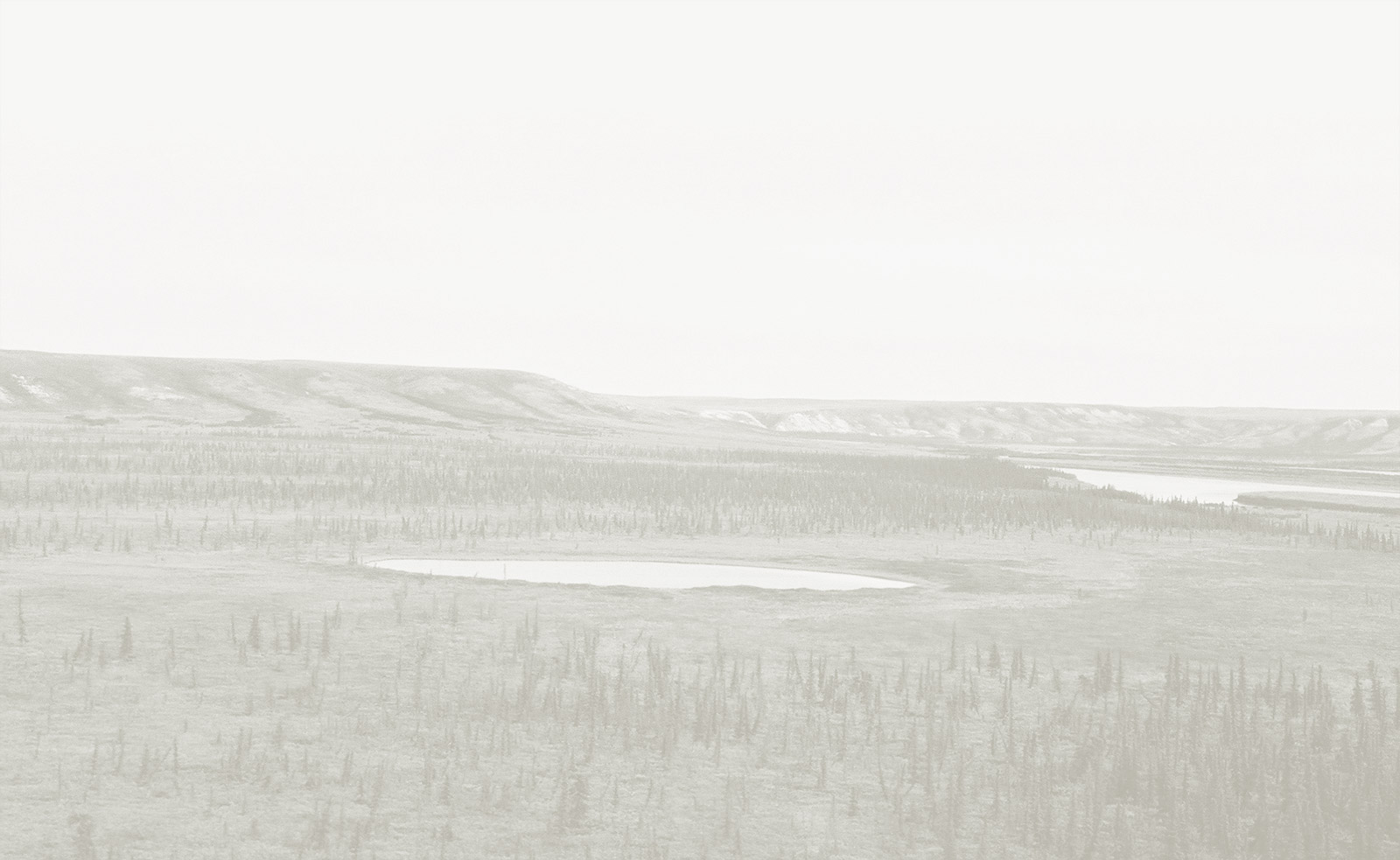


Niuqtuun
The bow drills in the MacFarlane Collection were used for boring holes into wood, antler, bone and ivory. The drill spindle (shaft) has a bit at one end, and the other end is shaped to fit into a bearing that is held between the teeth. The spindle is rotated by wrapping a slack thong attached at each end of a drill bow around it, and moving the bow back and forth. Ancestral Inuvialuit also used another type of bow drill for starting fires.
Marcus Ruben Sr.: I remember my father had a niuqtuun (drill) a little different from the one in the picture. He used the hind thigh-bone of a caribou.
Fred Wolki spoke about using a bow drill to make a fire: (Looking at a photograph of a bow drill) I remember one time me and my dad were going to hunt caribou we forgot matches. We'd paddled a long ways already and didn’t want to go back. So my dad looked for piece of raw hide. And he made two like that and then he, same way make fire, [like] this one here.
'This device is used to make fire. It consists of fur parts: (1) a piece of very soft and very inflammable wood in which several tiny socket have been drilled; (2) a slender rod of very hard wood, the lower tip of which is inserted in one of the sockets; (3) a third piece of wood fitted with a white stone socketed mouth-rest to hold the upper end of the hardwood drill. The wooden mouthpiece is gripped between the teeth, and the mouth-rest is of stone so that the spinning drill will not ignite it; (4) finally there is a small drill-bow, whose string or thing is wound around the drill shaft, causing it to revolve very fast and to ignite what serves as tinder ...' (Émile Petitot, quoted in Savoie, 1971: 170, describing a type of bow drill used for starting fire)